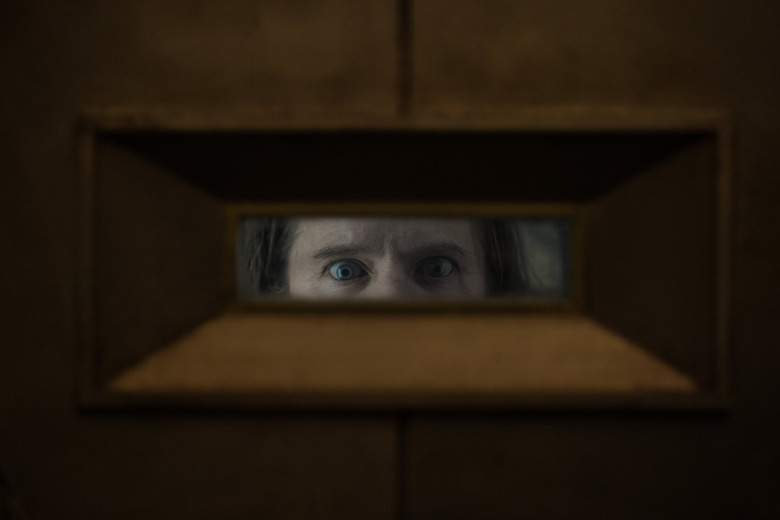'This Is A Dream Job': Silo's Cinematographer, On Bringing The Dystopian Apple TV+ Drama To Life
We may receive a commission on purchases made from links.
The sprawling UK complex where Apple films its hit series Silo is such an accurate representation of the many levels and catacombs of the show's titular underground bunker, cinematographer Baz Irvine actually got lost more than once while trying to navigate it.
He chuckles at the memory now, but also concedes that getting lost down some strange corridor in either of the show's two studios — both of which had about 10 stages each, with four or five sets on each stage — can make a person feel disoriented, a little like a denizen of the silo itself. Such is the level of detail that Apple brought to its adaptation of Hugh Howey's trilogy of novels, in other words, that even the series DP found himself hit with a fleeting blast of the same claustrophobia that pervades the show's giant subterranean silo.
"This is a dream job for a cinematographer, really," Irvine says in an interview with BGR. "You know, when you're going in, that you've got a toy set that's already great, and you just have to enhance it and work out how to extract the best imagery."
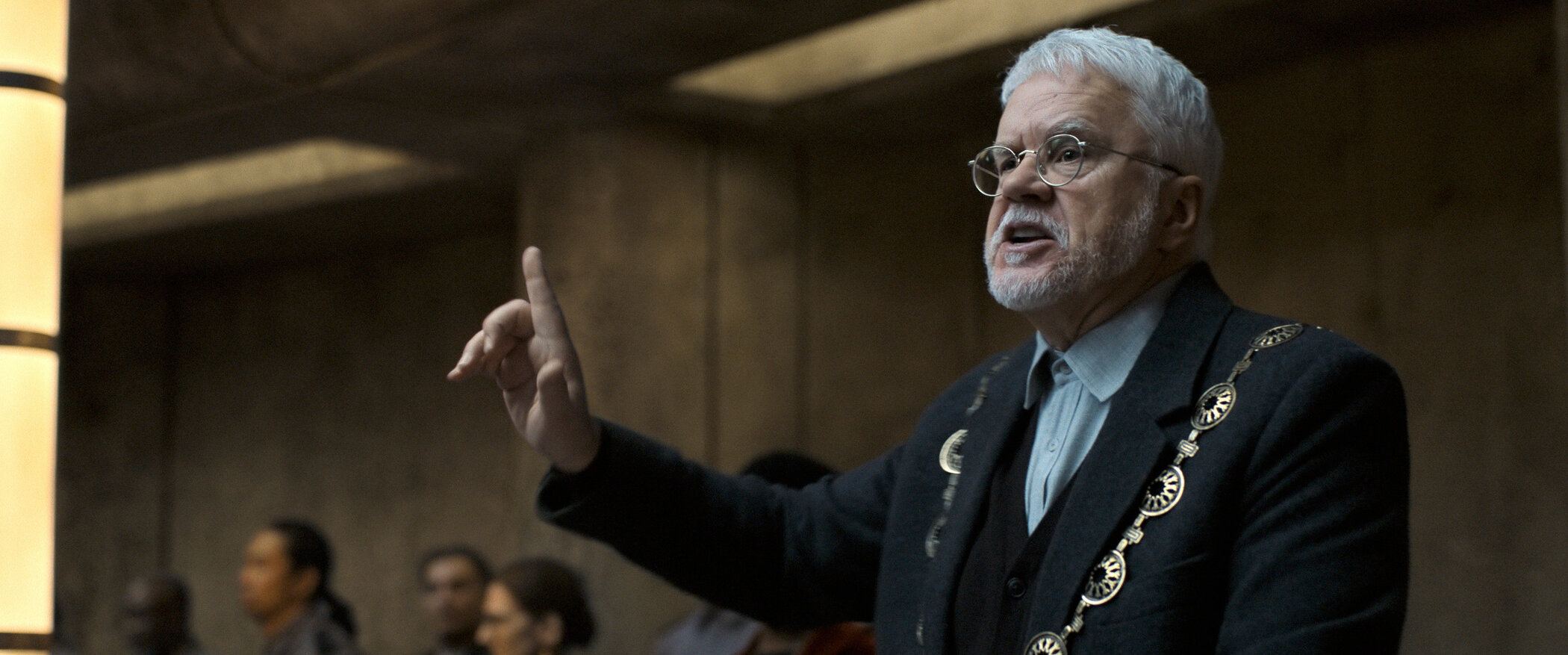
Irvine worked on episodes one, two, six, and seven of the sophomore season of Silo, currently the #1 show on Apple TV+ and which tells the story of the last 10,000 people left on Earth after a presumably apocalyptic event forces them underground — where they live a mile below the surface inside the protection of a bunker. However, no one knows when or why the silo was built, and anyone who tries to investigate those mysteries faces fatal consequences. That's more or less the dynamic behind Silo's tagline: If the lies don't kill you, the truth will.
Rebecca Ferguson stars as a mechanic named Juliette. She eventually becomes sheriff of the silo in season one and investigates the murder of her boyfriend; by the end of the season, she's ventured outside of the silo's air-locked door. But, unlike everyone else who's been cast out of the silo, Juliette survives.
Season two picks up with Juliette discovering and venturing inside an all-new silo, and it was the visual possibilities connected to this abandoned silo that Irvine got to have some fun with. "I wanted to go slightly more retro," he says. "I felt season one was at times a bit theatrical — it had to be, because it was presenting a new world — and I felt, ok, we know it now, so let's get more immersive. A bit more kinetic. More visceral. A bit more handheld. A darker ... oh my god, I really tried to go very dark in places. But the story needed it!
"It's because you're in this new silo, and it's a new world. There has to be a juxtaposition between that and the original one, because we're cutting between them throughout this season."
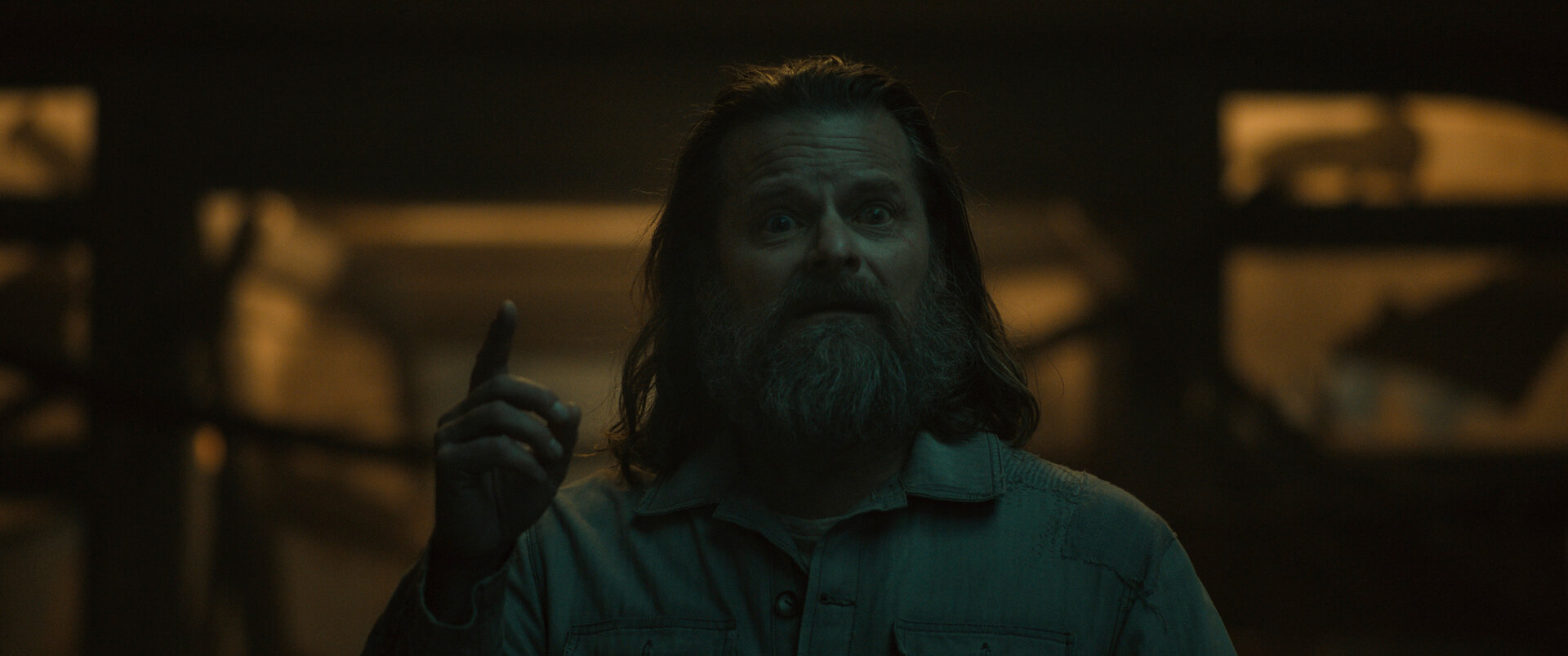
For season two, Baz used a muted green palette and torchlight to evoke feelings of isolation and mystery. His use of full widescreen, handheld cameras, and wider lenses also helps enhance the show's scale as well as its intimacy, letting viewers viscerally feel Juliette's loneliness and uncertainty.
Baz also uses cinematography to underscore the contrast between the different layers of society within the silos. In the lower levels, for example, the walls are textured, smoke seeps from vents, and the atmosphere is dark and grimy.
Remember in episode one of the new season, when Juliette loses her grip and plummets from the bridge? If you were like me, you gasped audibly and thought she was pretty much done for. And then — splash! She hits the water. Irvine framed her descent deliberatively, so that it wasn't apparent that there was water in the new silo until the last second.
"We never want to telegraph too much," he says. "That's why, when she first comes in to the silo, you don't suddenly see huge, epic, up-and-down shots. You actually end up running down the stairs with her. Then we step back and see her, but we don't reveal everything.
"One of the kind of tricks we had to play for episode one was we didn't want to reveal there's water below. From a lighting point of view, we kind of just let it fall into darkness, so that the moment when she does tumble, lose her grip on the bridge, and fall backwards, you really do think there's no way out of this. Like, this is a major drop. That was something we talked about a lot. You have to think about how to really keep your surprises — how to play with shadow and darkness."
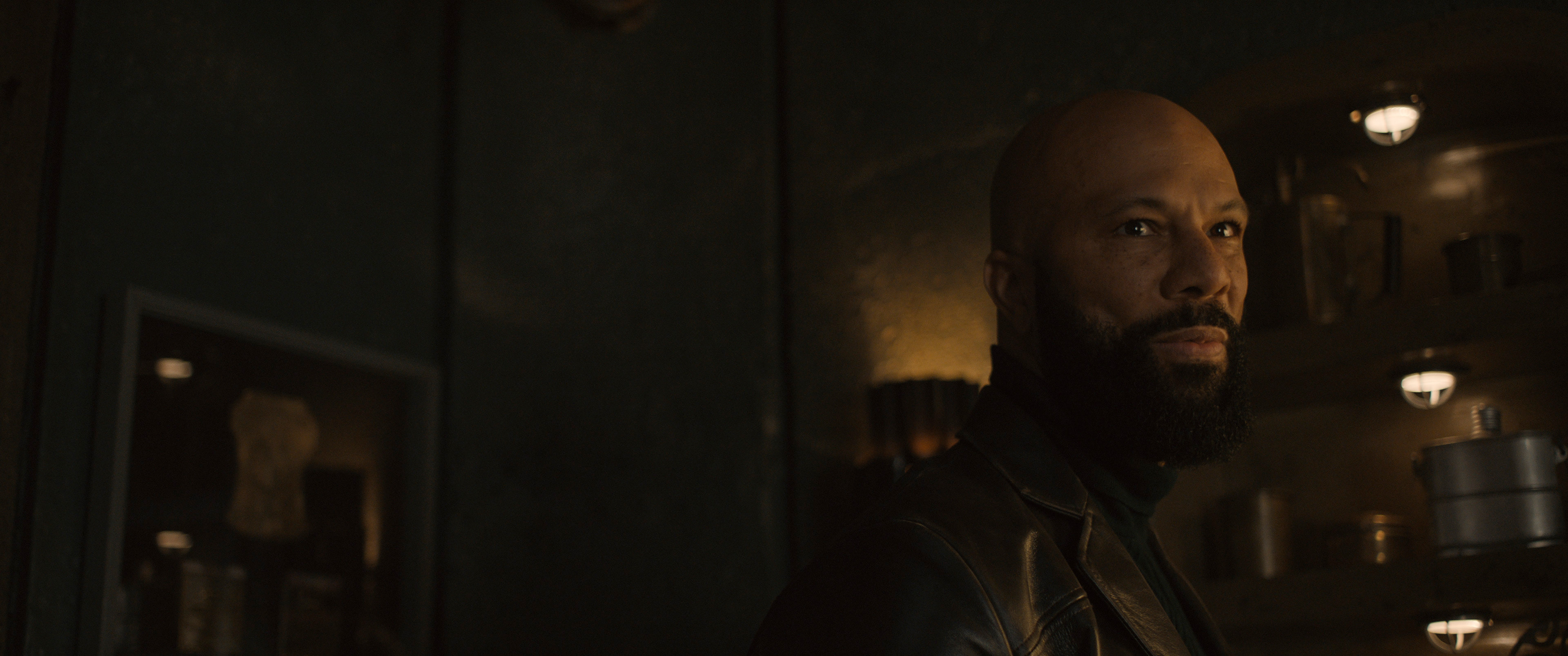
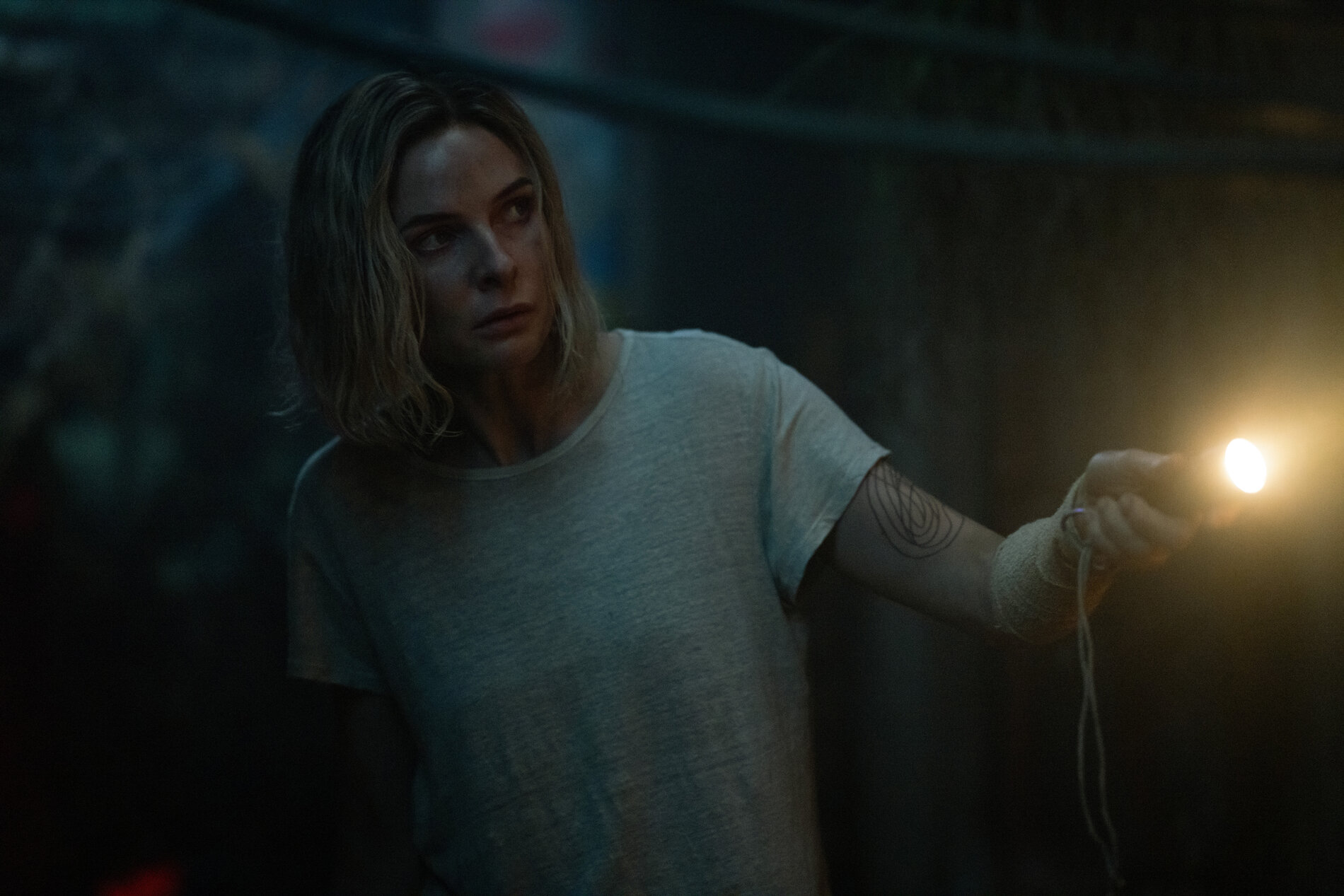
Elsewhere, as Juliette explores the abandoned silo, her torchlight becomes almost a kind of beacon, making it feel like she's on a sort of archeological dig. "She's going into these apartments and you go whoa, that's interesting. It's got murals and frescoes and color, and you realize you hadn't seen that in the last silo. So you immediately start asking questions. Like, who were the people who lived here? That was the beauty of creating this new world."
For visual inspiration, the idea was for the new silo to feel almost like a tomb. Irvine cites how Chernobyl looked post-disaster — a sort of I Am Legend vibe, with cracked concrete all around. Strange and lifeless.
"The biggest thing as a DOP that you quickly have to get your head 'round is you go on to the Silo set, which is this beautiful rotunda, and you have to remember with the camera that the silo is actually vertical and it's, like, nearly a mile high. But when you tilt up or tilt down, that's VFX-world, so I have to work out whether it's through pre-viz with VFX or 3D rendering quickly. You have to always use your imagination to either introduce or crane down from a part of the silo that's not actually a real set.
"It really is quite an odd thing. Because when you're on set, it's impressive and huge. But you can never build as much as you need. One of the first rules of Silo is: Never forget what's above you, and never forget what's below you."
